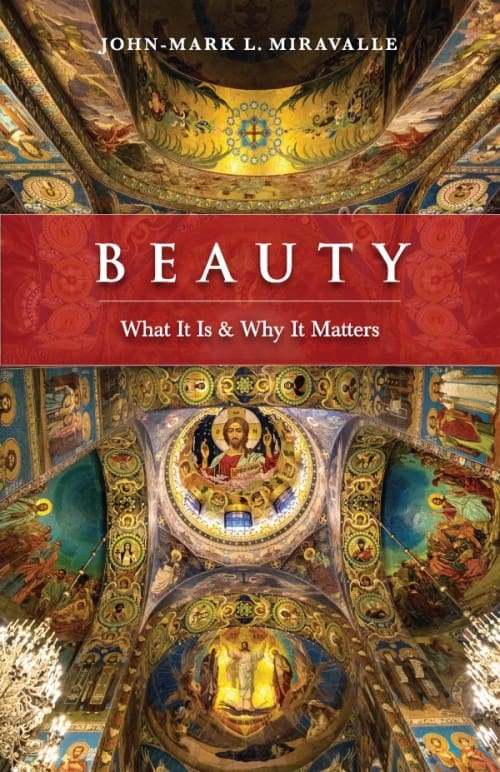The Relationship of Beauty to the Senses
When people think of beauty, they tend to think initially of certain physical manifestations of it. They may think of a beautiful woman or a beautiful landscape. Or they might think about some man-made beauty: paintings, sculpture, or music.
But almost certainly they’ll think about beauty in some sensibly perceptible form, and most of the time it will be something that can be perceived through sight and hearing. Alexander Baumgarten, who first applied the word “aesthetics” to the field of beauty, declares it to be “the science of sensuous knowledge.” Thomas Aquinas famously describes beauty as “that which pleases when seen,” and Augustine connects beauty to the senses as well: “We now detect certain traces of reason in the senses; and with regard to sight and hearing, we find it in pleasure itself. . . . With regard to the eyes, that is usually called beautiful in which the harmony of parts is wont to be called reasonable; and with regard to the ears, when we say that a harmony is reasonable.”
Clearly then, there’s a relationship between a rational appreciation of beauty and sense images. True, nearly everything we do as human beings involves the senses, so it’s no surprise that the same is true of our aesthetic enjoyment. But there’s a profound difference between the way sense images come into play in the act of understanding and how they come into play in the act of appreciating beauty.
In the act of understanding, the mind uses sense images, but the whole point is to abstract from sense images. In other words, when the mind tries to understand something, it works to leave the sense image behind and rest in the idea. In aesthetic experience, the goal is to delight in the spiritual reality precisely as it is present in the sense image itself.
Let’s take an example. Here’s the famous Walt Whitman poem “When I Heard the Learned Astronomer.” It’s about a poet who attends a scientific lecture.
When I heard the learn’d astronomer,
When the proofs, the figures, were ranged in columns
before me,
When I was shown the charts and diagrams, to add,
divide, and measure them,
When I sitting heard the astronomer where he lectured
with much applause in the lecture-room,
How soon unaccountable I became tired and sick,
Till rising and gliding out I wander’d off by myself,
In the mystical moist night-air, and from time to time,
Look’d up in perfect silence at the stars.
So we have these two characters: the scientist and the poet. The astronomer wants to understand the stars. Right and good; that’s what a scientist ought to do — seek to uncover the ideas, the abstract formulas, that can be used to grasp what the stars are made of and how they move. But the poet just wants to delight in looking at the stars. Also right and good, that’s what a poet does so well and helps us to do with him.
The search for understanding and the ecstasy of aesthetic experience aren’t opposed, but they are different. One wants to mine the immaterial gold out of the image, and the other wants to appreciate the immaterial gold in its natural sensory environment.
Now, if the practice of seeing beauty centers on sense images, we can immediately draw our first crucial link between aesthetic experience and the moral life. That link lies in the passions. The passions can be loosely characterized as our impulses, urges, or feelings. We can also think of them as our emotional reactions both to things we like and to things we don’t like.
When we see something we like, our positive emotional responses (e.g., desire, hope) draw us toward that thing. When we see something we don’t like, our negative emotional responses (e.g., aversion, fear) drive us away from that thing. So our passions motivate us to act in certain ways (or to avoid acting in certain ways).
And very importantly, in the human person, our passions are triggered by sense perception. That’s why traditional Catholic anthropology calls them “sense appetites,” because they respond to what the senses present.
+
This article is adapted from a chapter in Beauty by John-Mark L. Miravelle, which is available from Sophia Institute Press.
Art for this post on the nature of beauty: Cover used with permission; Featured image used with permission of Pixabay.
To read more about important virtues like Kindness, click HERE.





